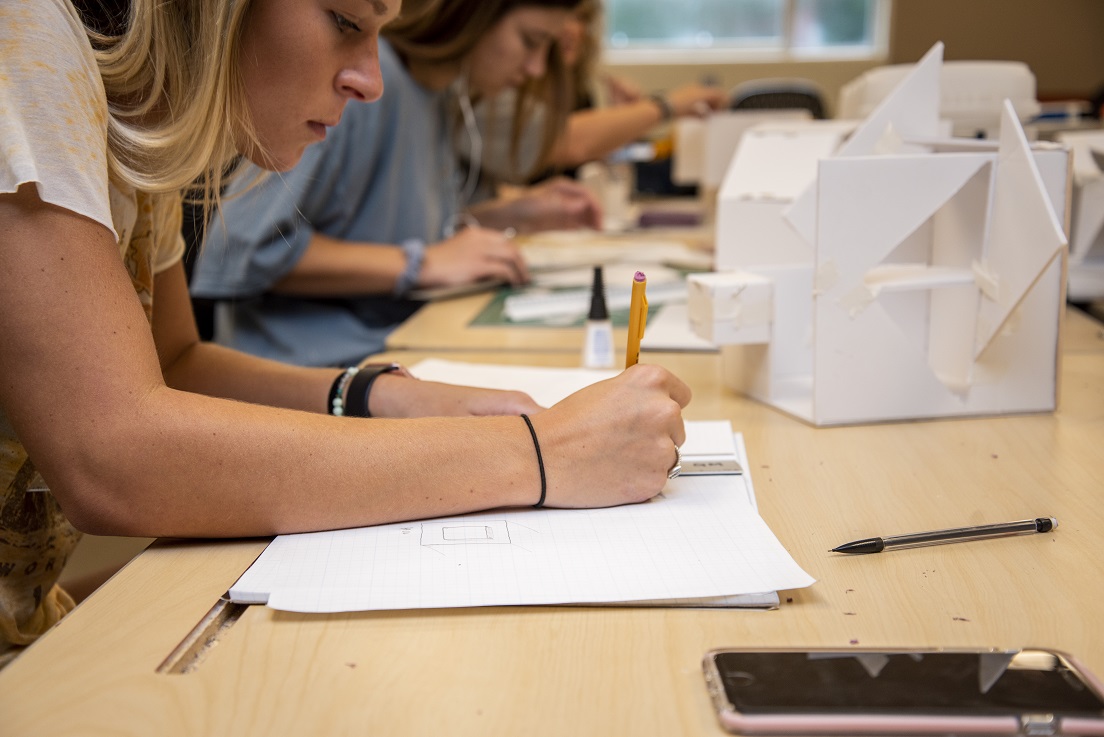House Beautiful names Auburn interior design program among nation’s best
Article body
Think all of the top interior design schools are in New York? Well, think again.
In its February online issue, House Beautiful magazine names Auburn University’s program one of the best schools for interior design. In fact, Auburn’s program is listed among only 13 described.
“It was a wonderful surprise for us to learn about our program being featured by House Beautiful,” said Lindsay Tan, an associate professor and coordinator of the interior design program in the Department of Consumer and Design Sciences in Auburn’s College of Human Sciences. “Auburn’s program is consistently nationally ranked among its peer programs as being highly competitive and demanding of its students, but it is always wonderful to see it being touted by others—especially by influential publications like House Beautiful.
The House Beautiful story, written by Kelly Allen, features Auburn among 12 other top-ranked interior design schools that she calls the best ones to consider for students seeking to become professional designers. Allen notes in the article that Auburn’s interior design program, accredited by the Council for Interior Design Accreditation, or CIDA, “emphasizes critical and creative thinking.” She adds, “The Alabama-based program prepares emerging professionals to find and organize information, solve problems, relate to people, uncover needs and ultimately shape the environment to enhance the quality of life. It includes design studios and foundational business coursework. Plus, the school encourages students to create a professional portfolio before graduating.”
“Auburn’s interior design program has maintained accreditation by the CIDA since 1998,” said Pamela Ulrich, Under Armour Professor and department head. “The program has undergone several changes over the years, but it has always been and remains a program in which students can engage in research. Students can get involved through two labs—the Design Ecology Lab and the CHS Pathogen Lab—as well as through a range of ongoing research and creative scholarship projects.”
Both lab experiences enable graduate and undergraduate students to tailor their specific interests involving the study and research of human interaction with products, spaces and processes as they relate to global health issues and quality of life.
“We cap our enrollment at 40 students per class level in the undergraduate program,” Ulrich adds. “Because the curriculum and the requirements are challenging, we do not offer a summer option. There is a pre-program for freshmen who want to pursue interior design.”
Freshmen take two design courses—one a lecture class and the other, a studio—where they collect a portfolio of work and submit that for evaluation, according to Tan.
“That process is how students discover if interior design is truly right for them and this is how decisions are made for them to continue in the program,” Tan said.
Auburn’s interior design major offers students the opportunity to study in specialized studio settings, working with real-world industry partners in such areas as residential design, commercial design, health design and hospitality design.
“Our program is a broad, accredited, professional education program,” Tan said. “Students in our major see the breadth and depth and all of the career options available in the field, including research opportunities. All of these things are what we believe makes Auburn interior design stand out among its peers.”
Auburn interior design is ranked ninth nationally at the undergraduate level and eighth nationally at the graduate student level by DesignIntelligence. Other programs reviewed in the House Beautiful feature include: New York School of Interior Design; Savannah College of Art & Design; George Washington University; Syracuse University; The New School, Parsons School of Design; Rhode Island School of Design; Fashion Institute of Technology; University of Cincinnati; Cornell University; Kansas State University; Drexel University and Pratt Institute.
Submitted by: Mitch Emmons





